A vivarium is a closed space that gives plants, animals, and microorganisms an environment that is like the real world. You can make a little piece of nature in your own home with a vivarium. It takes planning, research, and special tools to build a vivarium, but the result is a beautiful, thriving small ecosystem. This detailed guide tells you everything you need to know to build your own vivarium from scratch.
Choosing a Container
The container it lives in is the most important part of any vivarium. Most people choose glass tanks or terrariums because they let you see what’s inside from all sides. The size depends on how many people live there; smaller is better for beginners. A 10-20 gallon tank is a good start. Make sure to choose one with a secure, ventilated lid. For arboreal species, choose a tall tank. For aquatic species, choose an aquarium. Custom-built wooden vivariums allow for more creativity and built-in features.
Creating Drainage
To keep from flooding, make sure there is good drainage. Start by adding two to three inches of drainage material, such as clay pellets, gravel, or pebbles. Add a mesh barrier on top of this to stop dirt from getting down. Fiberglass window screen works well. This layer creates a reservoir to collect excess water.
Adding Substrate
The substrate is the soil in which you will plant. Mixtures of coconut fiber, sphagnum moss, orchid bark, charcoal, and other things are good choices. Commercial blends like ABG mix work too. On top of the drainage layer, add 3 to 5 inches of substrate. Slope it up in back for added depth and interest.
Constructing Hardscape
Hardscape refers to solid materials that provide structure, like wood, rocks, and backgrounds. Branches, vines, cork bark, and mollusk shells make great hardscape. Position vertically and diagonally to maximize visual interest and climbing/perching spots. Stack flat rocks or attach slab wood to the backwall to create levels and ledges.
Installing Equipment
Once hardscape is in place, install any equipment needed to maintain ideal habitat conditions. This may include:
- Lighting – essential for plant growth and animal day/night cycles. LED grow lights work well.
- Heating – under tank heat pads, ceramic heat emitters, or incandescent bulbs. Use a thermostat.
- Humidity – misting systems or humidifiers may be needed. Use a hygrometer to monitor.
- Filtration – aquatic setups need filters and possibly heaters.
Planting Flora
Now the fun part – selecting plants! Research species that match the natural habitat you are simulating. Good starter plants include pothos, ferns, peperomia, mosses, bromeliads, and orchids. Plant the tallest species in back, shorter ones in front. Plant epiphytes on hardscape. Spread tropical moss over substrate and hardscape.
Introducing Fauna
With the habitat fully planted, it’s time to consider fauna. Only add species suited to the size of your vivarium. Popular choices include dart frogs, tree frogs, geckos, anoles, and small fish or invertebrates. Never mix predator and prey species. Quarantine new animals before introducing. Add just 1-2 animals to start.
Achieving Bioactivity
To create a balanced, self-sustaining ecosystem, introduce microfauna like isopods, springtails, and beneficial fungi. These will break down waste and prevent mold/decay. Add leaf litter for microfauna to consume. With bioactivity established, the vivarium environment sustains itself naturally.
Caring for Your Vivarium
Once set up, vivariums require basic weekly maintenance:
- Monitor temperature and humidity levels. Adjust as needed.
- Check drainage system regularly for clogs.
- Inspect plants and prune/propagate overgrowth.
- Remove dead leaves and debris. Spot clean hardscape as needed.
- Feed fauna on schedule. Observe behavior/health.
- Perform partial water changes on aquatic systems.
- Wipe down glass to prevent mineral deposits from misting systems.
Troubleshooting Issues
Common vivarium problems and solutions include:
- Mold growth – Increase ventilation and air circulation. Remove affected areas. Add springtails.
- Waterlogging – Check drainage layer and plants for root blockages.
- Dry conditions – Increase misting duration and frequency. Soak substrate.
- Declining plants – Increase lighting. Fertilize or replace depleted substrate.
- Escaped animals – Seal any gaps or holes. Use tight-fitting lids.
- Animal health issues – Consult an exotic veterinarian. Review husbandry.
With close attention and quick corrective action, most vivarium issues can be easily remedied. Observe daily and fix small problems before they escalate.
Customizing Your Vivarium
Once you have experience under your belt, have fun and get creative! Customize with unique hardscape materials, specialty lighting, automated systems, mixed-species communities, and more. Scale up in size and complexity. Take on a new challenge like a paludarium, riparium, or mixed terrestrial/aquatic habitat. The possibilities are truly endless.
Constructing your own vivarium habitat is an incredibly rewarding DIY project for both nature lovers and pet owners. Follow this step-by-step guide, do your research, and don’t be afraid to make tweaks until your vivarium is thriving. Soon you’ll have a beautiful, balanced slice of nature to enjoy right in your own home.

Step 4: The Floor
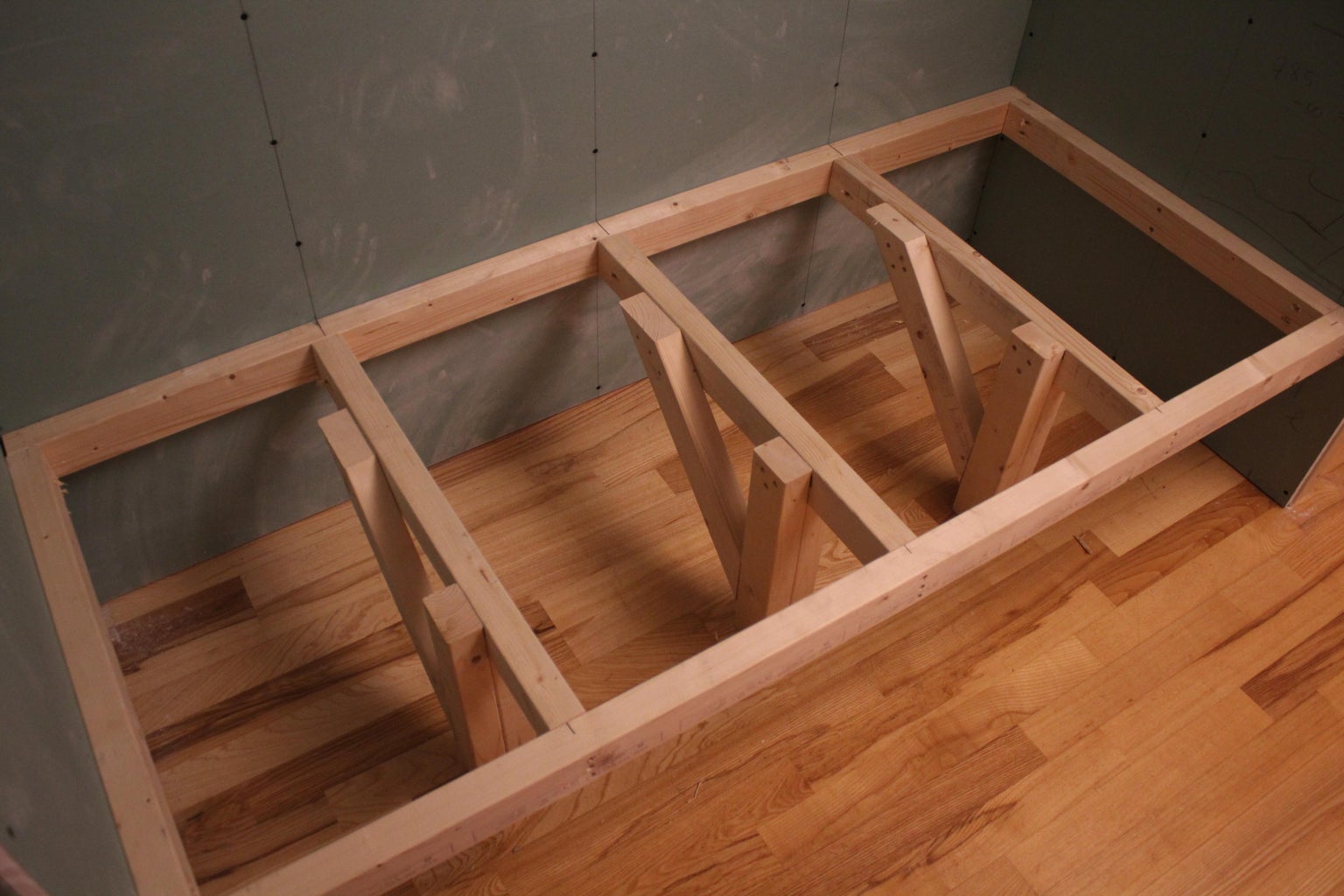
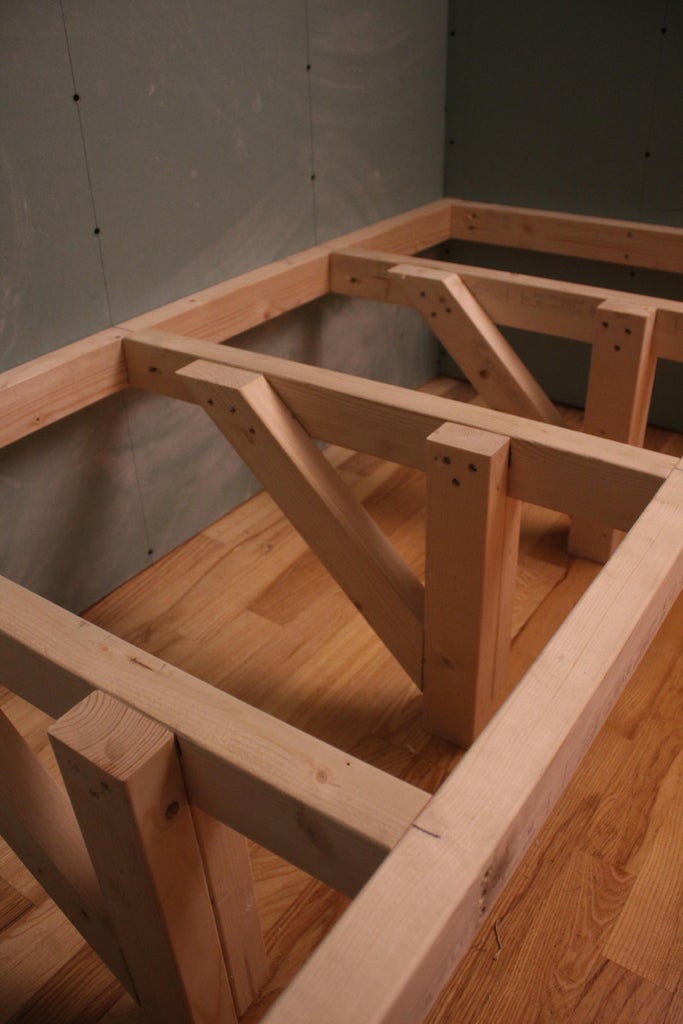
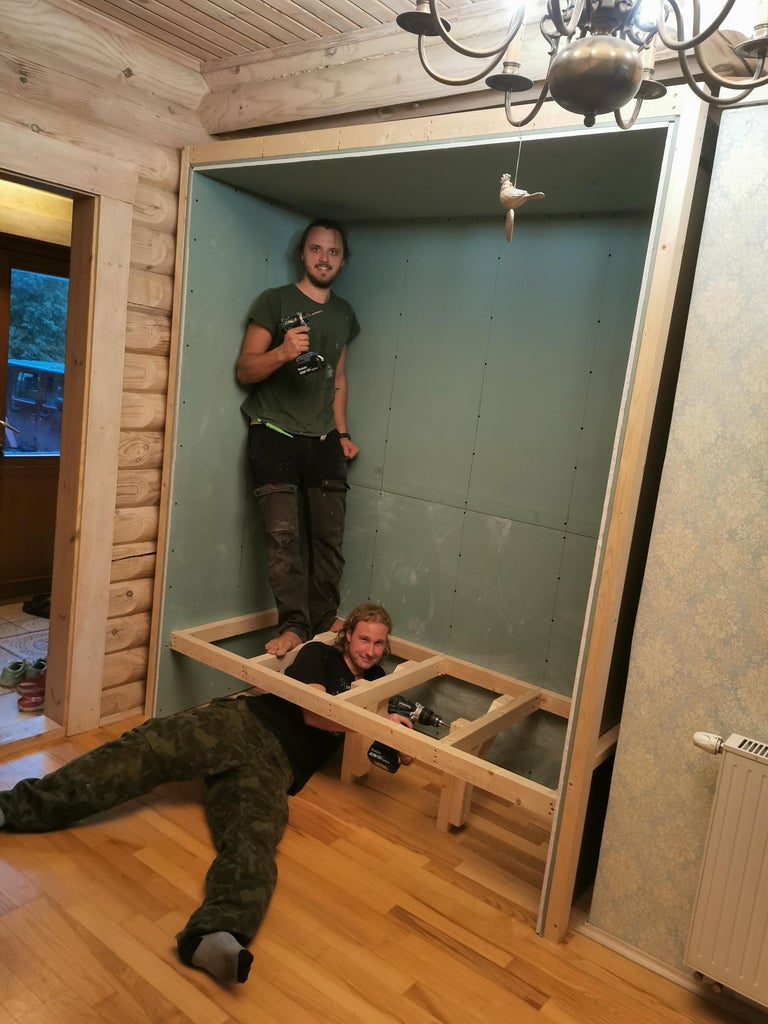
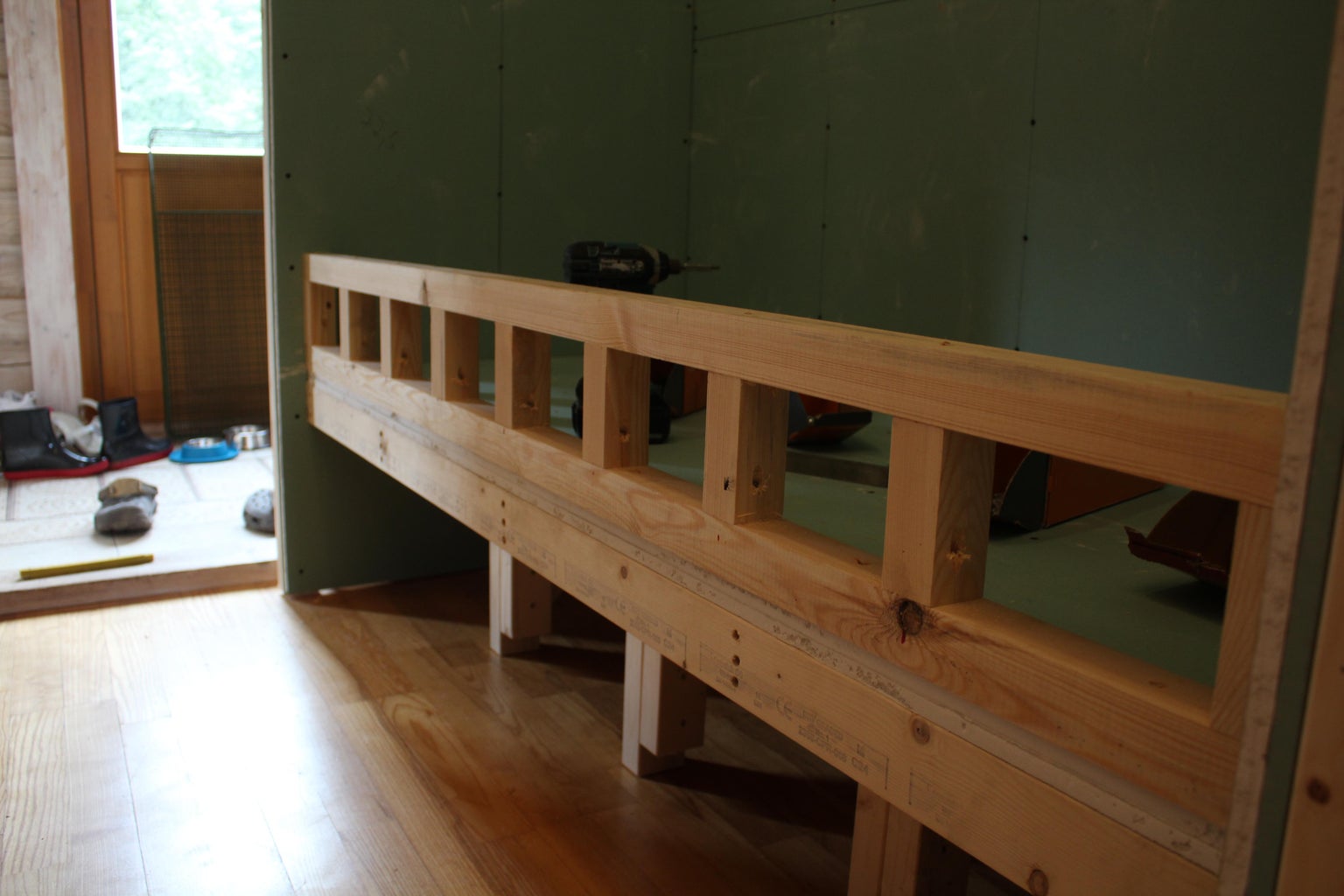
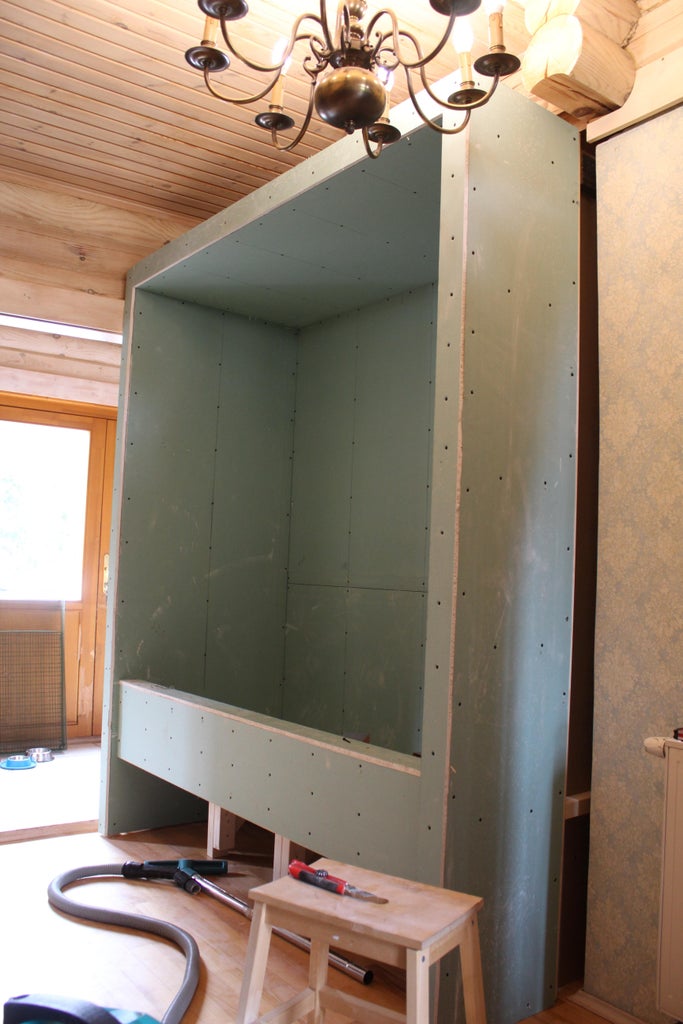
built the floor frame making sure it was screwed into the studs in the wall. The owner wanted to have the floor raised as it would make maintenance easier and allow for storage underneath. I added three support legs to the bath because I didn’t know how much weight it could hold. Better to be safe than sorry. I think the pictures are quite self-explanatory. Then we added a shallow front wall for a bath to hold the soil and plasterboarded everything.
Step 9: Interior Design 1- the Log
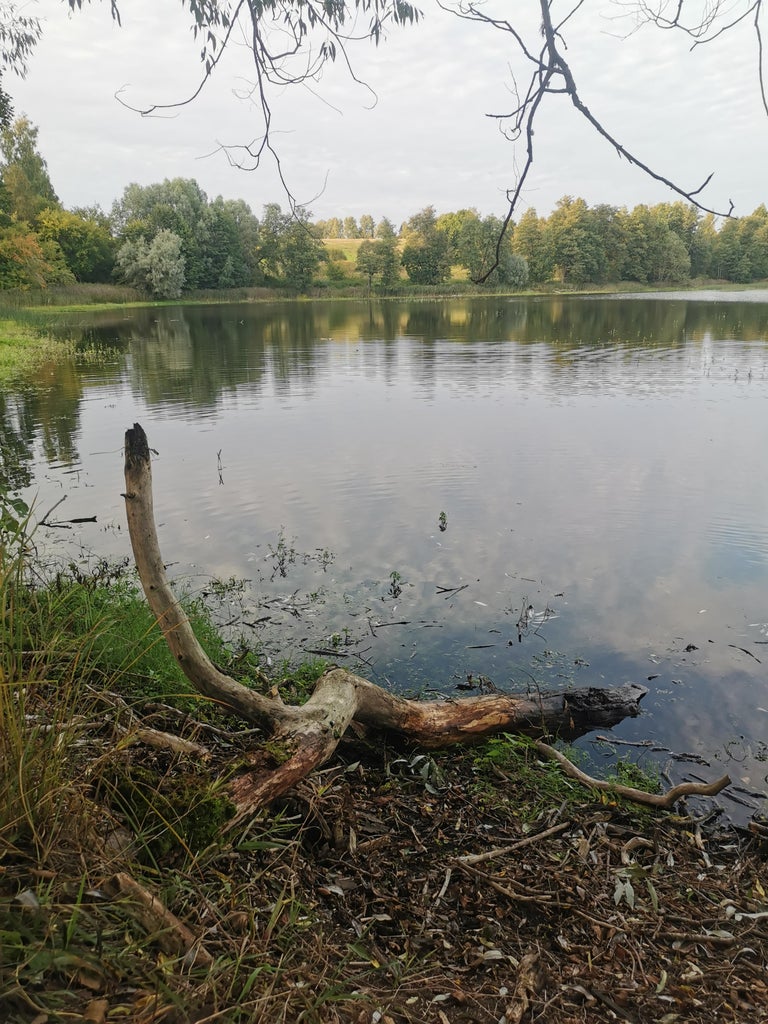
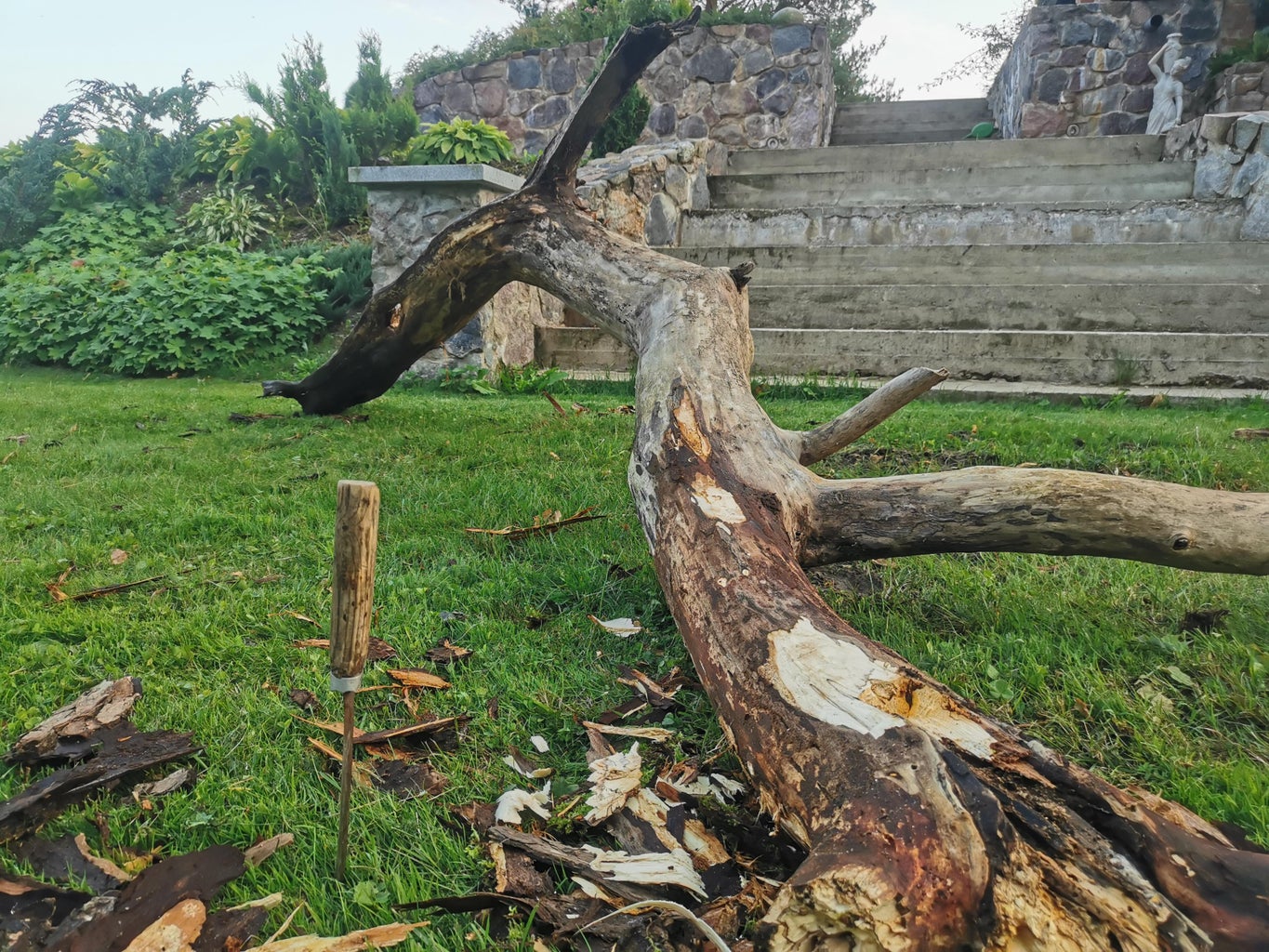
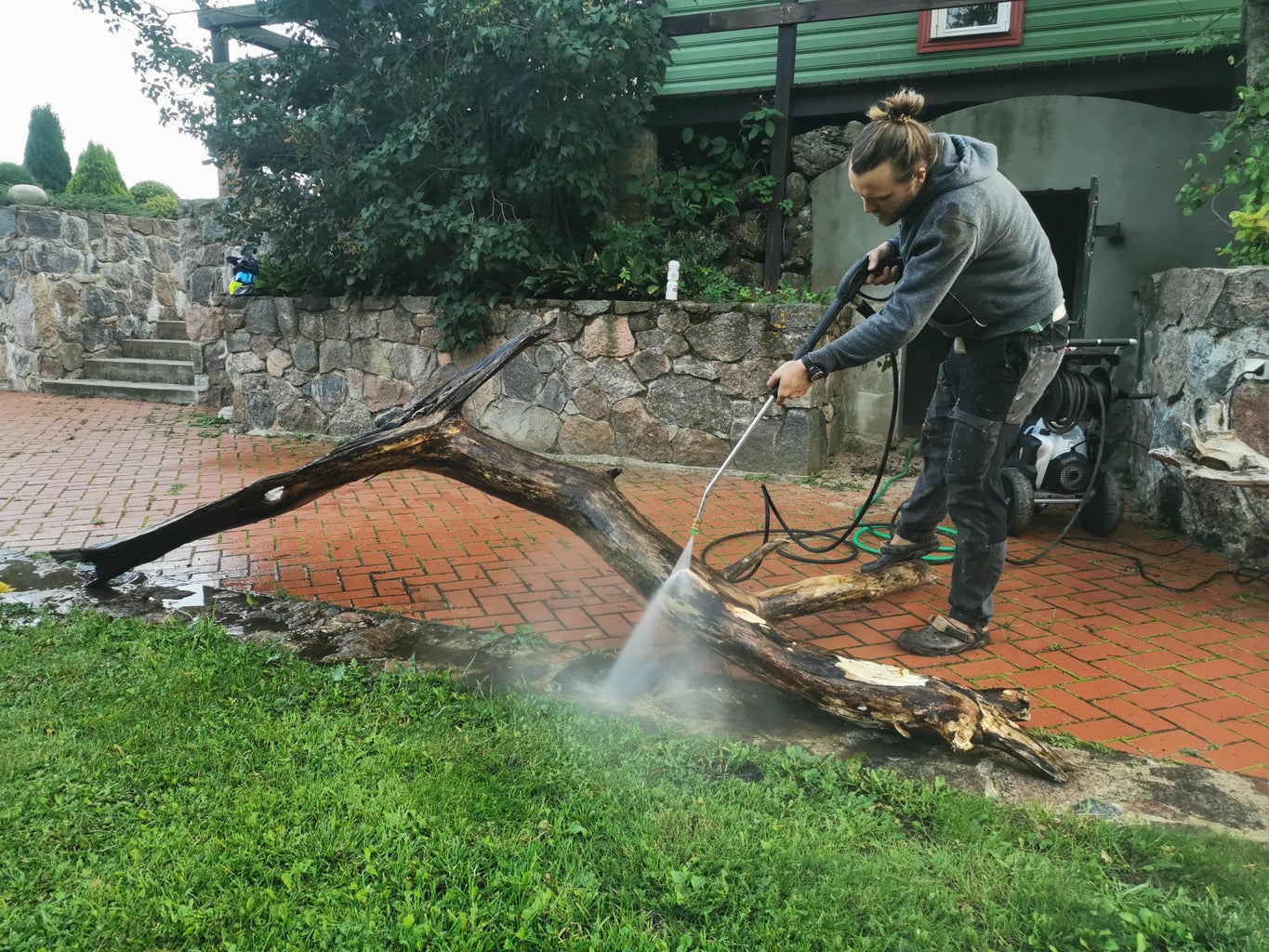
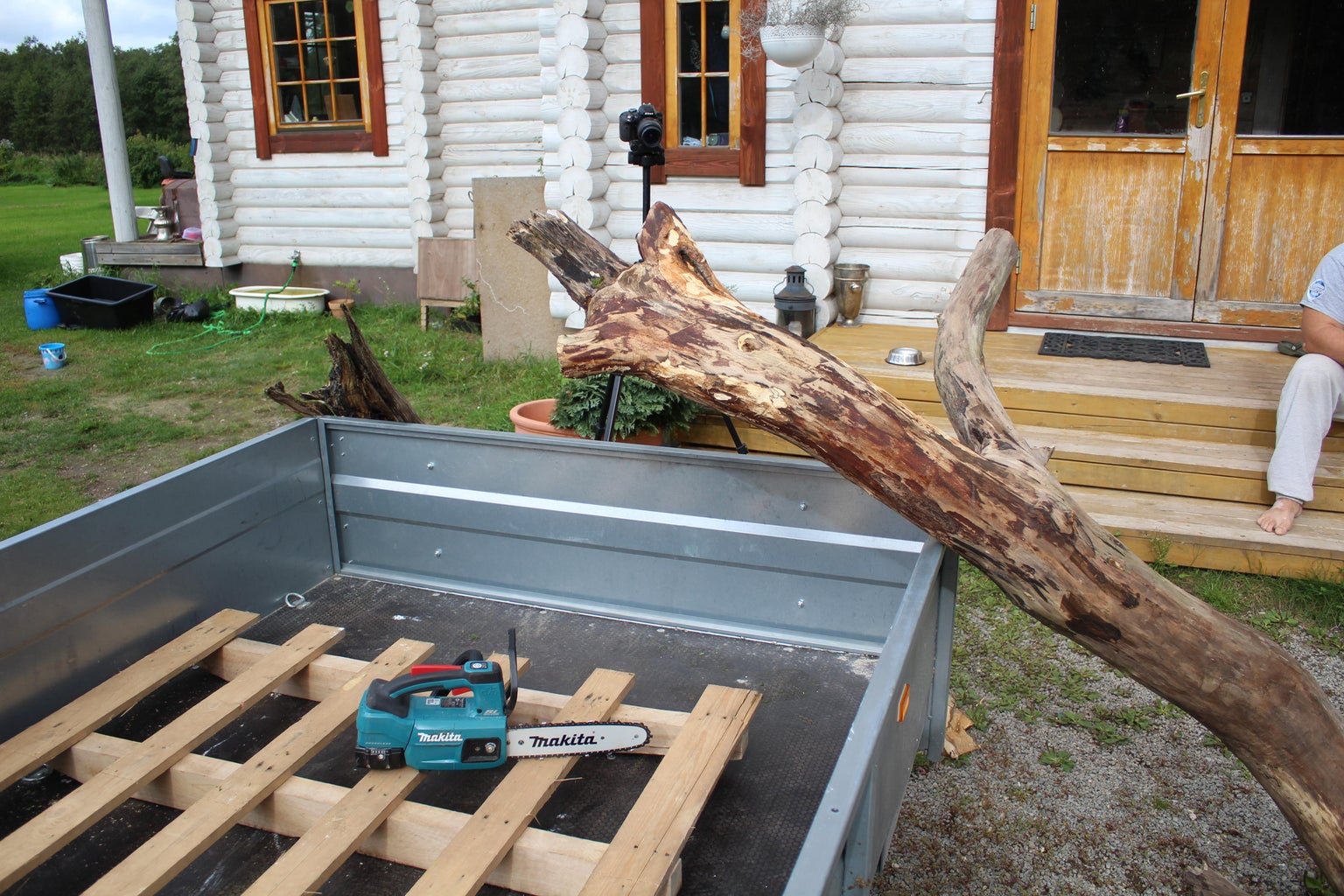
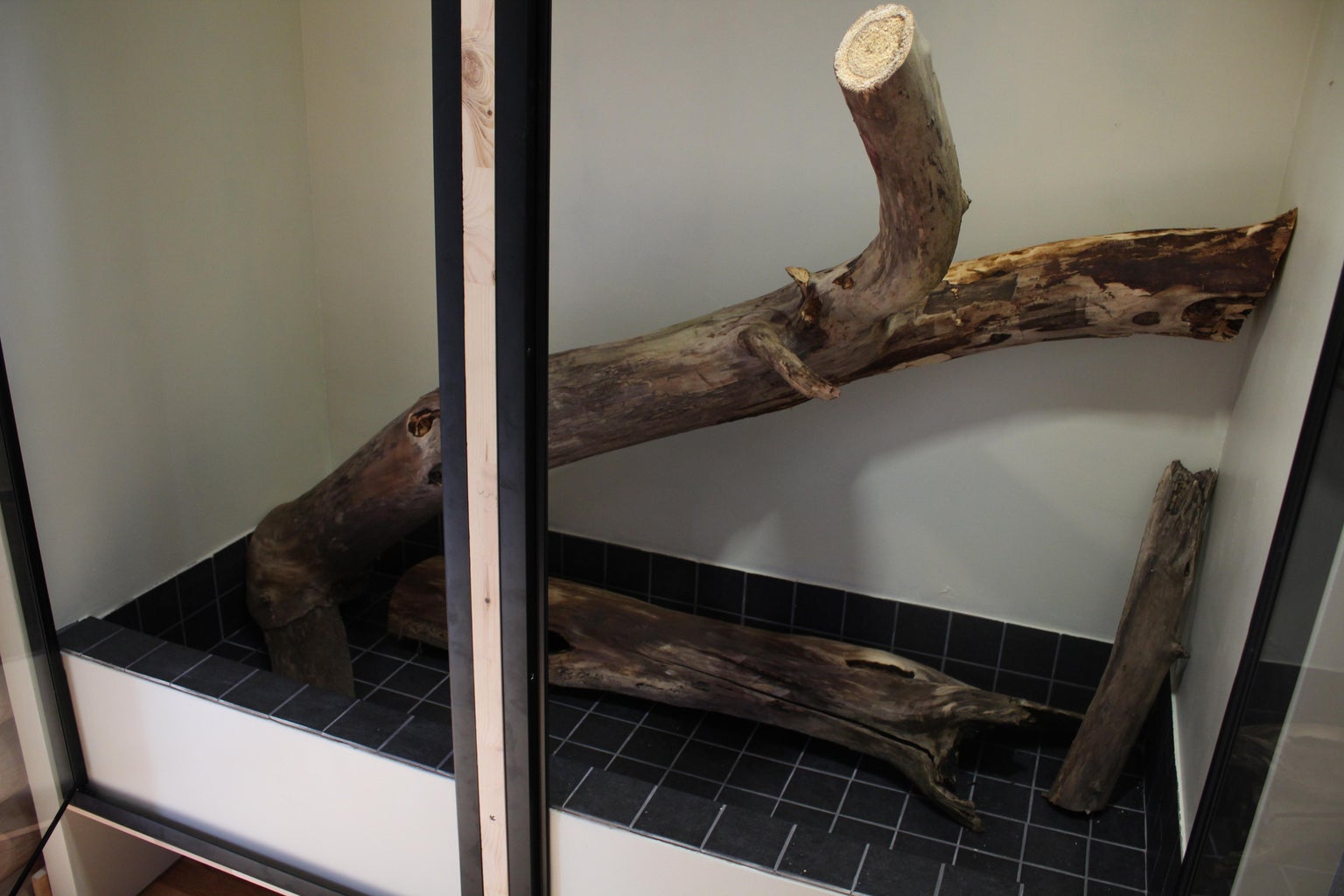
The owner knew exactly what she wanted to put inside the vivarium, which was fun. She had most of the components but the main one was still missing. We had to find a big log! Luckily it was an easy task as we just so happened to come across one on the shore of a nearby lake. I took it home, removed loose material, and then pressure washed it. To get rid of any critters I placed it inside our sauna for a good month or so.
How to build a Natural Vivarium (From Scratch)!
FAQ
What is the difference between a terrarium and a vivarium?
The main difference between a vivarium and a terrarium is what they are used for. A vivarium is made to house and care for animals, while a terrarium is making plants grow.
What is needed for a vivarium?
Be sure that you’ve decided on all of the necessary basics before beginning to purchase supplies, including: the terrarium itself, a drainage layer substrate, a screen separator, substrate, plants, microfauna, and lighting.
What is a paludarium vs vivarium?
A paludarium is a type of vivarium that has both a large water area and a large land area. It is meant to look like a wetland.
Are vivariums hard to maintain?
A lot of work still needs to be done to stay healthy and clean. The regular things that need to be done to keep a living terrarium or vivarium going are to clean the glass, change the water, get rid of a lot of waste, and replace some of the substrate.
